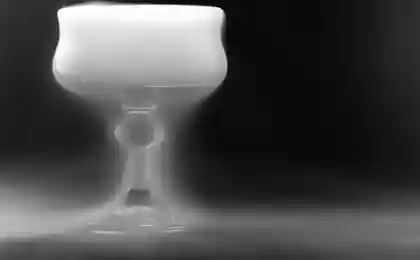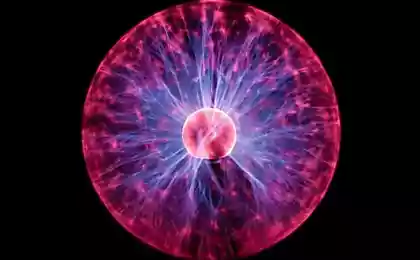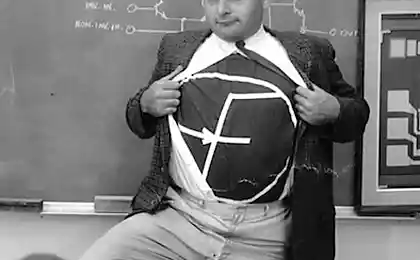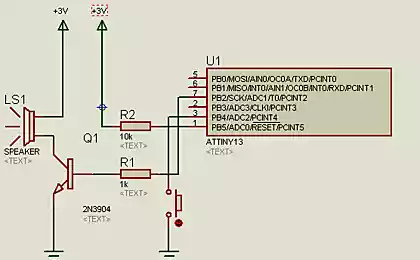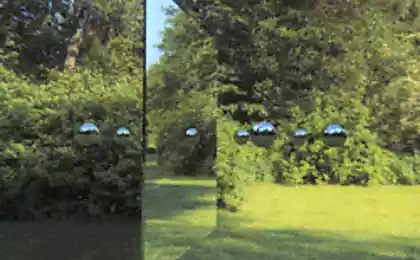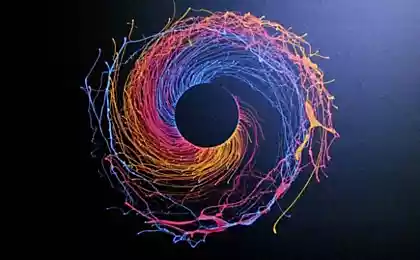829
Researchers have made a transistor of a few molecules and atoms
Portrait nanotransistors i>
Немецким physicists together with Japanese and American colleagues succeeded , using a scanning tunneling microscope to create a tiny transistor consisting of a single molecule, and a few atoms. The kid does not behave exactly like its macroscopic analogues, and can serve as an important step in the creation of nanodevices. Also, it will help basic research of the transfer of electrons in molecular nanostructures.
Conventional transistors - are elements of electronic circuits, which are made of a semiconductor material. The transistor has three terminals, and the input signal at the control contact can control the electric current passing through the two other contacts. The molecular transistor current is sensitive to electron transitions between energy levels.
Previous approaches to creating nanotransistors - for example, using lithography - do not allow to obtain devices that can accurately control the passage of single electrons. Using a scanning tunneling microscope was able to make the transistor of one group of the organic molecule and positively charged metal atoms.
All this beauty is located on the surface of the crystal indium arsenide. The crystal surface was prepared using the молекулярно-пучковой epitaxy - technology, in which the vaporized material is deposited on the substrate in an ultrahigh vacuum.

System MBE / Wikipedia i>
The molecule does not have strong ties to the substrate from the crystal. In summing up the tip микроскопа it electrons are able to jump from the substrate to spearhead virtually undisturbed through the molecular orbitals. As explained physics, this effect is similar to the principle of the квантовой point - semiconductor microscopic dimensions, electrical characteristics of which depend on its size and shape.
The main difference from the quantum dot is a molecule that can be rotated on the substrate and takes different positions depending on the state of charge. As a result of process of electron transfer can be controlled by changing the position of the molecule.
Source: geektimes.ru/post/253560/

